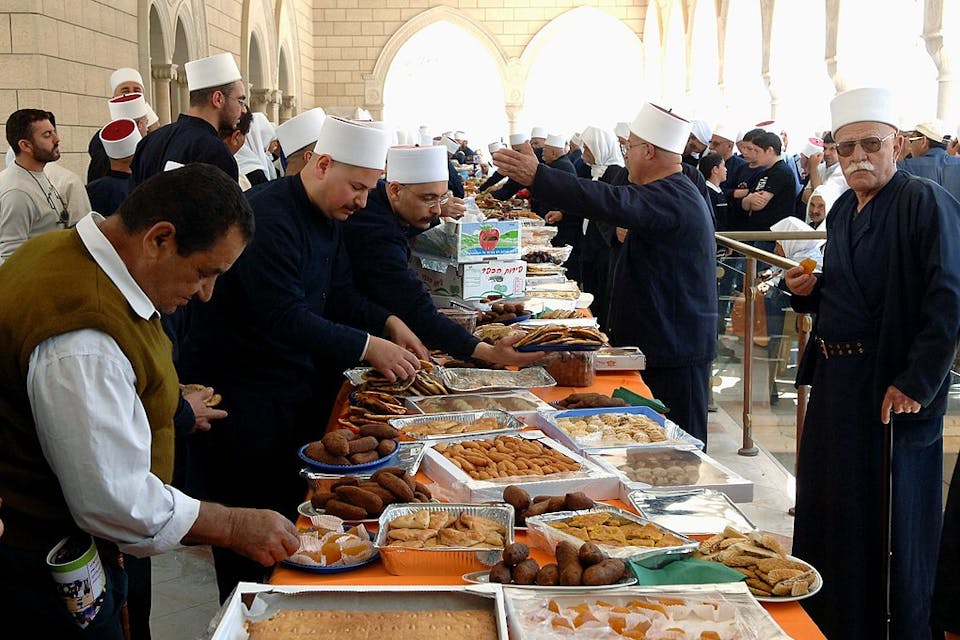
January 15, 2025
Going to School in a Shattered Druze Community
Squeezed between two realities on the Golan Heights.
“I am from the occupied Golan Heights,” Walid tells me, by way of introduction. A Druze, Walid (a pseudonym) teaches English at a Druze high school in the Galilee—that is, in Israel proper. For four months I too attend this school: as an observer and as a researcher. Even after all that time, Walid still does not abbreviate reference to his home, never just saying “the Golan Heights.” It is always “occupied.” “Occupied” since before he was even born. His passport is that of the same state then still presided over (albeit in a bloody, contested manner) by Bashar al-Assad. But he neither carries nor stores it; to the contrary, he had handed his passport over to the Syrian authorities for safekeeping. His undergraduate degree is from Damascus University. And yet he is an employee of the Israeli Ministry of Education, and carries an Israeli identity card. “On the line for nationality,” he tells me, it says “undefined.”
Walid is different from all the other teachers I first met at the Druze school in the Galilee where, since 2015, I have been conducting research on Hebrew language teaching among Druze in Israel: very authority-conscious, including in his relation to the school principal. He waxes proudly about his hometown, Majdal al-Shams, “in the occupied Golan Heights. . . . It is much more modern than here,” he says, comparing it to the mostly-Druze village in the Galilee where he teaches. “Women will wear their skirts much higher. You have McDonald’s there. When you come visit, you’ll think you’re back home in America.”
I eventually visit Walid in his home “in the occupied Golan Heights.” But I don’t feel that I’m back home in America. I do feel, though, that I have left Israel—even though I encounter no checkpoint or border control along the way. It’s all in the ambiance.